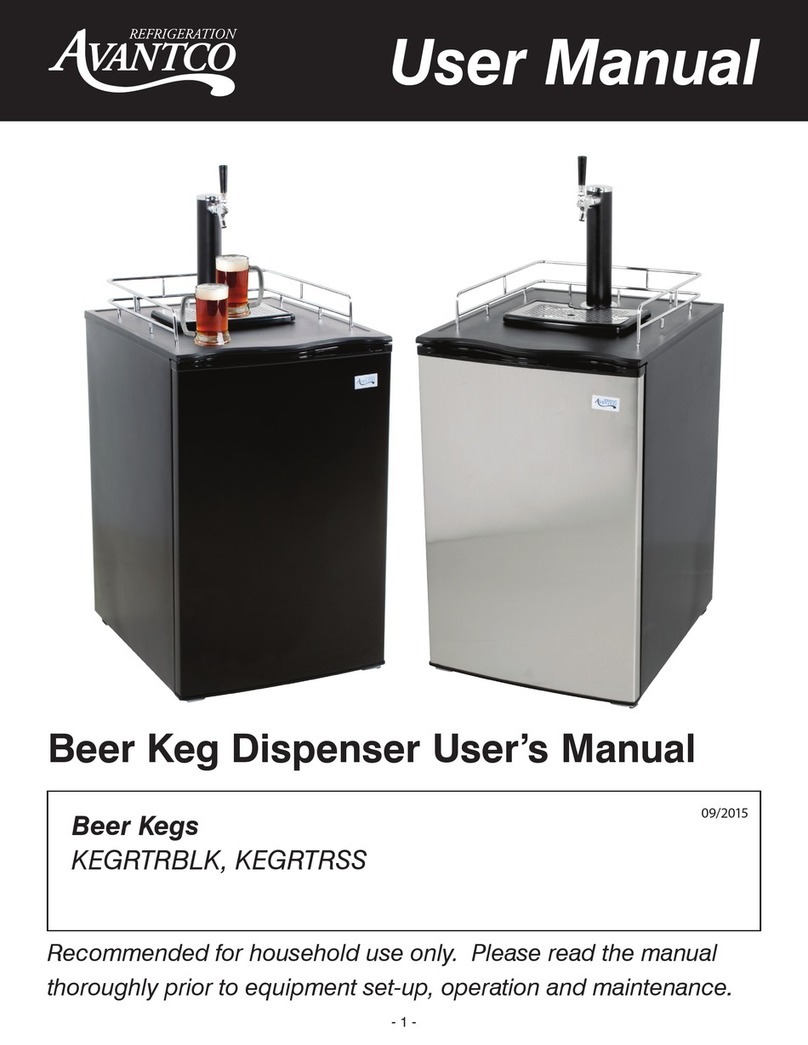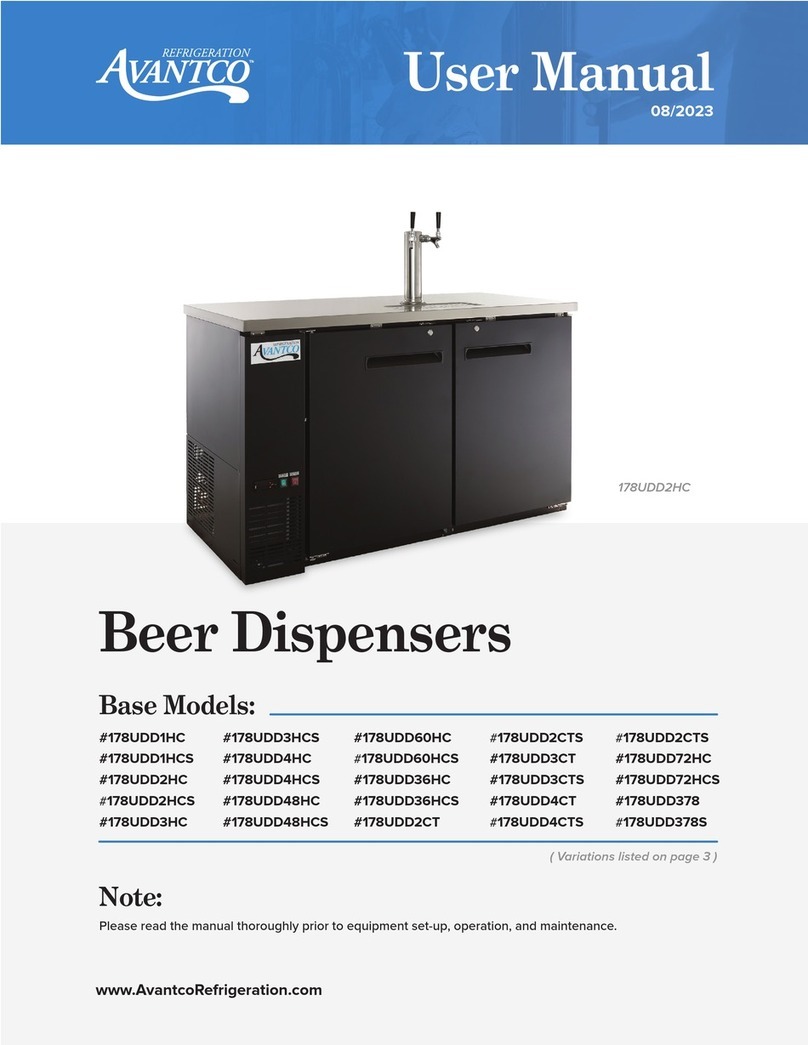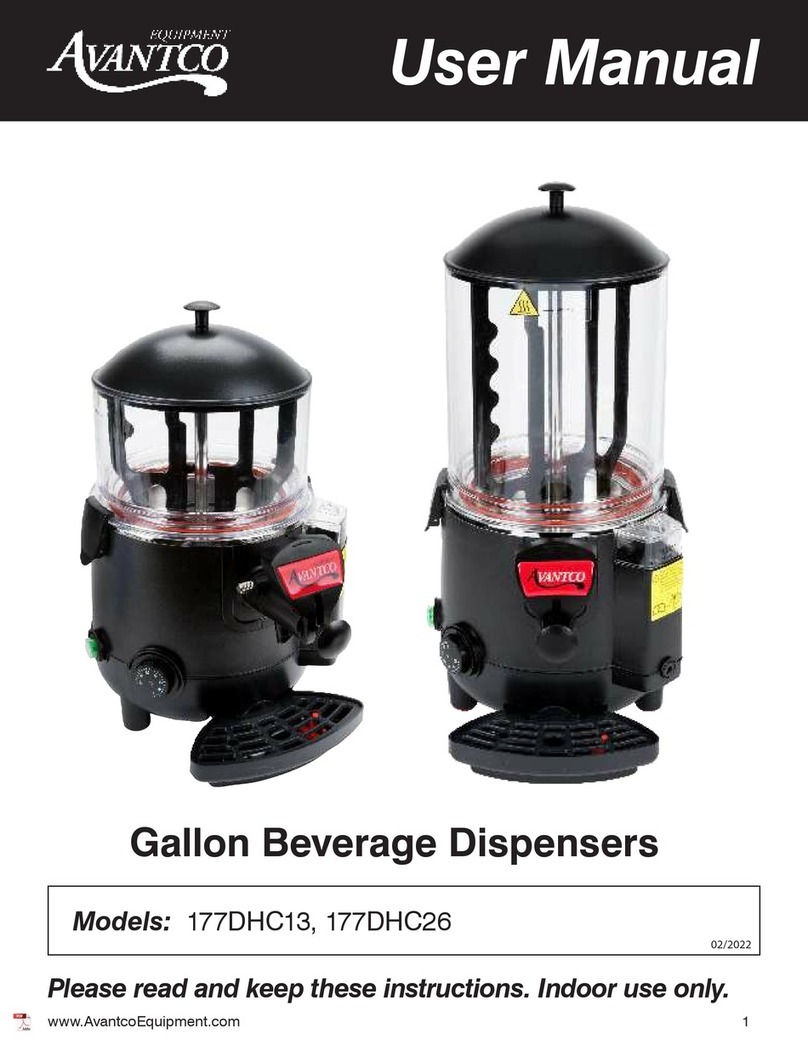
Silage dispenser 2020 1
CONTENTS
1. FOREWORD ........................................................................................................................................ 4
Warning symbols used in this manual ...................................................................................................................................5
2. DESIGNED PURPOSE OF USE.......................................................................................................... 6
3. SAFETY INSTRUCTIONS FOR USING THE ATTACHMENT...................................................... 7
3.1 Personal protective equipment...............................................................................................................................10
3.2 Safe shutdown procedure ........................................................................................................................................10
4. TECHNICAL SPECIFICATIONS ....................................................................................................... 11
4.1 Safety labels and main components of the attachment ....................................................................................11
5. ASSEMBLING THE ATTACHMENT................................................................................................. 13
5.1 Connecting and disconnecting hydraulic hoses ..................................................................................................14
5.2 Electric connection ....................................................................................................................................................16
5.2.1 To connect the electric harness of the attachment to the loader........................................................16
6. OPERATING THE ATTACHMENT .................................................................................................. 18
6.1 Checks before use .....................................................................................................................................................19
6.2 Operator qualification...............................................................................................................................................20
6.3 Filling the silage dispenser ........................................................................................................................................20
6.3.1 Filling the silage dispenser from silo or from a silage mixer...................................................................20
6.3.2 Filling the bucket ................................................................................................................................................22
6.4 Operating the Silage dispenser ...............................................................................................................................23
6.5 Adjusting dispensing rate..........................................................................................................................................24
6.6 Hydraulic side hatch operation (Optional extra)...............................................................................................25
6.6.1 Safety instructions for hydraulic assemblies................................................................................................25
6.6.2 Tightening hydraulic fittings.............................................................................................................................26
6.6.3 Installation............................................................................................................................................................27
6.6.4 Using the hydraulic side hatches....................................................................................................................28
6.7 Transport position .....................................................................................................................................................29
6.8 Working on uneven ground ....................................................................................................................................29
6.9 Operation with a tilt adapter ..................................................................................................................................29
6.10 Storing the attachment .............................................................................................................................................29
7. MAINTENANCE AND SERVICE ....................................................................................................... 31
7.1 Inspection of hydraulic components .....................................................................................................................31
7.2 Cleaning the attachment...........................................................................................................................................32
7.3 Inspection of metal structures................................................................................................................................32
7.3.1 Lip plate................................................................................................................................................................32
7.4 Lubrication ...................................................................................................................................................................32
7.5 Adjusting conveyor ....................................................................................................................................................33
8. WARRANTY TERMS .......................................................................................................................... 34































